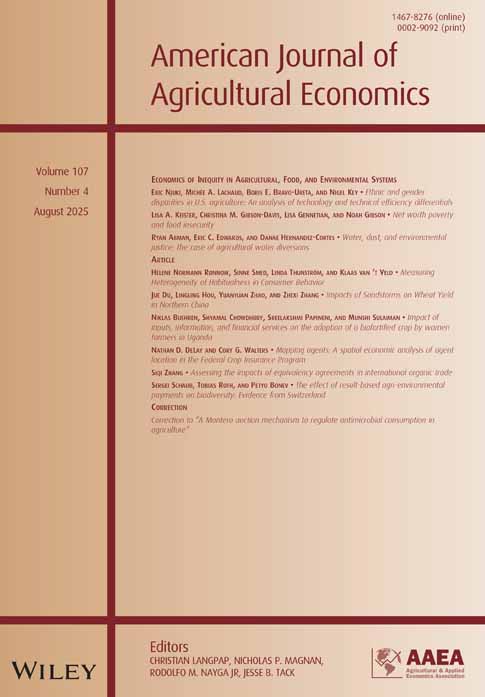Trade Liberalization and Agricultural Chemical Use: United States and Mexico
Abstract
To anticipate the likely effects of recent trade agreements with Mexico on the environment and food safety, this paper examines changes in agricultural chemical use. Econometric estimation and simulation suggest that the combined effects of the North American Free Trade Agreement (NAFTA), economic growth, research investment, and farm policy are expected to increase chemical usage substantially in the United States and undoubtedly lead to greater groundwater contamination. In Mexico, the expected effects are a substantial increase in fertilizer use but a decrease in pesticide use. Increases in private research investment are expected to increase the use of both types of chemicals, but increases in public research investment in the United States are not.




